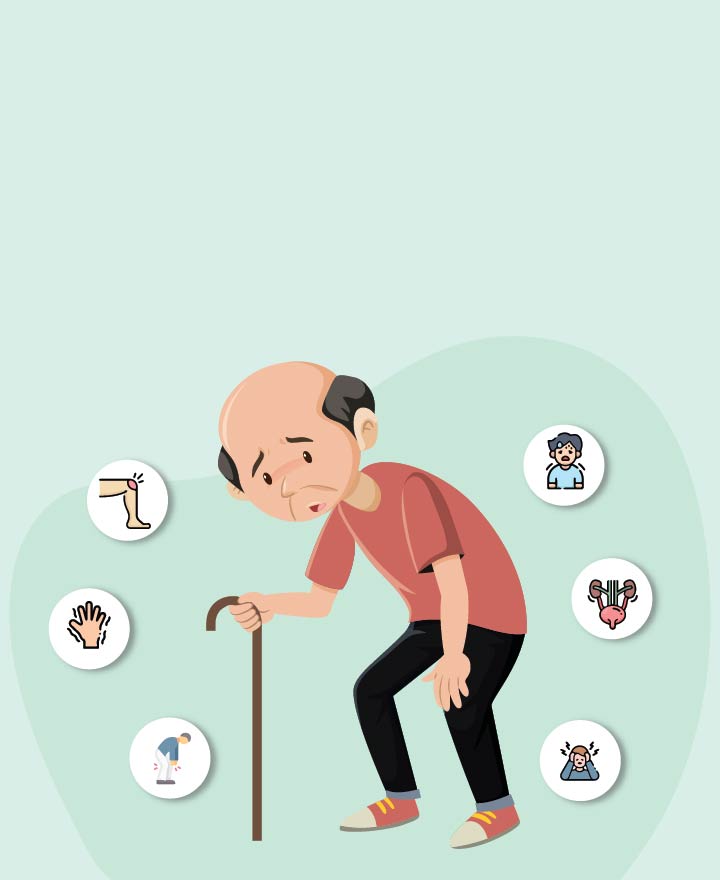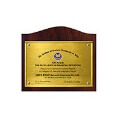

All About Meniscus Tear Knee Injury
Cartilage is a protective tissue that acts as a cushion for the bones and joints. The meniscus cartilage in your knees protects them against injuries, wear and tear issues, shocks, etc. When this cartilage gets impacted, you suffer from a meniscus tear injury. Though this condition is mostly common in athletes, it can also impact older people with osteoarthritis and other knee issues. Read on to know more.
What is the Meniscus?
The meniscus is a type of cartilage in the knee that cushions and stabilises the joint, protecting it from impact, wear and tear, and injury. Each knee contains two C-shaped menisci located between the femur (thighbone) and the tibia (shinbone), helping to evenly distribute weight and absorb shock during movement. Injuries involving both the ligament and meniscus tear are common, especially in athletes, as these structures work closely to maintain knee stability.
The two menisci of knee joints you should know about are:
• Medical meniscus: Located in the internal portion of the knee
• Lateral meniscus: Found on the outside of the knee
What Causes a Meniscus Tear?
Meniscus tears often occur as a result of sports-related injuries. In older adults, meniscus damage is commonly caused by age-related wear and tear. Injuries to the meniscus frequently occur alongside damage to the anterior cruciate ligament (ACL), especially in athletes, as both structures are closely involved in knee stability and movement. The most common triggers for a meniscus tear are:
• Sudden twisting of the knees
• Sudden jumping or pivoting of the knee
• Changing direction at once while running
• Wear and tear due to old age
• Arthritis degeneration cases
• Other knee injuries
Symptoms
The common warning signs of a meniscus tear injury you should watch out for are:
• Acute pain in the knee
• Knees tender to the touch
• Swelling of the knees (though this may take a while to be visible)
• Difficulty in knee movements
• Difficulty in standing
• Popping or clicking sound while moving your knees
• Knees getting locked up frequently
Types of Meniscus Tears
Depending on areas of the knee it impacts, a meniscus tear injury is classified into the following types:
• Medial Meniscus Tear
Happens inside the knee joint
• Lateral Meniscus Tear
Happens outside the knee joint
• Bucket Handle Meniscus Tear
A tear between your shinbone and thighbone
• Radial Tear
Area along the tibia and the meniscus fibres impacted
• Posterior Horn Medial Meniscus Tear
Impacts the exact meeting point of the bone and meniscus
• Meniscus Degenerative Tear
Common in old age due to wear and tear
Diagnosis
Here’s how you can diagnose meniscus:
• Thorough physical examination of the knees
• Understanding the cause of the tear
• Performing other tests for a detailed knee evaluation to confirm a meniscus tear and rule out other complications; these tests include X-rays, MRI scans, McMurray or Thessaly Tests and/or knee arthroscopies.
Treatment
For minor issues (cases where you haven’t lost your knee stability, or where your knees don’t lock or tighten), meniscus tear treatment involves the following:
• RICE Method
RICE stands for Rest, Ice, Compress and Elevate
• Exercise
Simple strengthening and/or stretching exercises
• Medicines
NSAIDs (non-steroidal anti-inflammatory drugs) to control the pain and inflammation
• Braces
Knee braces to compress the affected area and for improved blood circulation
• Surgery
Minor surgical procedure called arthroscopy, when the other methods don’t work. During meniscus tear surgery, doctors insert a small camera inside the knee through a cut to check the condition of the tear. Then they insert a few surgical tools to remove, trim or repair the meniscus tear. Doctors may ask you to wear braces after the surgery to help with quick recovery.
Can a Meniscus Tear Heal on Its Own?
The answer to this question depends on the location of the tear.
• Small Tears: Can heal on their own
• Tears in the external meniscus (red zone): Can heal on their own
• Tears in the internal meniscus (white zone): Cannot heal on their own; treatment is necessary
Meniscus Tear Recovery Time
The recovery time for meniscus tears can depend on the age of the patient, severity of the condition, treatments opted for, etc.
• Small tears and no surgery take around a month or six weeks
• Meniscectomy takes around three to six weeks
• Arthroscopies take around thereto six months
In all these cases, physical therapies should be mandatorily followed during your recovery time.
Meniscus Tear Exercises
Generally, experts recommend the following exercise routines for meniscus tears:
• Leg Raises
• Partial Squats
• Hamstring Stretches
• Slow Walking (approximately 15 days after surgery)
Follow these routines exactly as per your doctor’s instructions to prevent complications to the knee.
When is It Safe to Return to Exercise?
Watch out for these signs in your body to know if you are ready for regular exercise schedules:
• Ability to properly bend and straighten your knees without any trouble
• No pain during knee movements like walking, jumping, jogging, etc.
• Complete absence of swelling in and around the knees
• No differences in the movements between the knees
How Can I Prevent a Meniscus Tear?
Sudden twists and knee movements cannot be prevented, but these preventive measures can reduce your risk of meniscus tears in the future:
• Lower body strengthening exercises
• Proper warm-ups
• Rest between workouts
• Comfortable dress and shoes while exercising
• Increasing workout intensity in gradual phases
Conclusion
While meniscus tears are typically not life-threatening, not resting your knees immediately when you notice symptoms can aggravate the condition. Physical therapy is a critical part of meniscus tear treatment. Small and minor tears, where the knee movement is not impacted, heal on their own. For other tears, medicines, physical therapies, and surgeries may be required, depending on the severity. To ease the financial burden of treatment, having comprehensive health insurance can provide essential support, covering hospitalisation, medications, and post-treatment care, so you can focus entirely on your recovery.
One of the important components of our overall wellness is also being financially secured. Healthcare emergencies can happen any time, but a good health insurance policy can protect you from such uncertain situations. To know more about Wellness and other health related tips, visit the wellness corner.
Source: nhs.uk, webmd, my.clevelandclinic.org
Disclaimer: This blog provides general information and discussions about health and related subjects. The information and other content provided in this blog, website or any linked materials are not intended and should not be considered or used as a substitute for medical advice, diagnosis, or treatment. Kindly contact your doctor before starting a new medicine or health regime.
Related Articles
Effective Exercises to Relieve Knee Pain
7 Strengthening Yoga Poses to Relieve Your Knee Pain
Knock Knees (Genu Valgum) - Causes, Treatment, and More
How to Stop Joint Pain when it Rains?
Published on July 10, 2025















 Health Insurance
Health Insurance  Travel Insurance
Travel Insurance  Car Insurance
Car Insurance  Cyber Insurance
Cyber Insurance  Critical Illness Insurance
Critical Illness Insurance
 Pet Insurance
Pet Insurance
 Bike/Two Wheeler Insurance
Bike/Two Wheeler Insurance  Home Insurance
Home Insurance  Third Party Vehicle Ins.
Third Party Vehicle Ins.  Tractor Insurance
Tractor Insurance  Goods Carrying Vehicle Ins.
Goods Carrying Vehicle Ins.  Passenger Carrying Vehicle Ins.
Passenger Carrying Vehicle Ins.  Compulsory Personal Accident Insurance
Compulsory Personal Accident Insurance  Travel Insurance
Travel Insurance  Rural
Rural